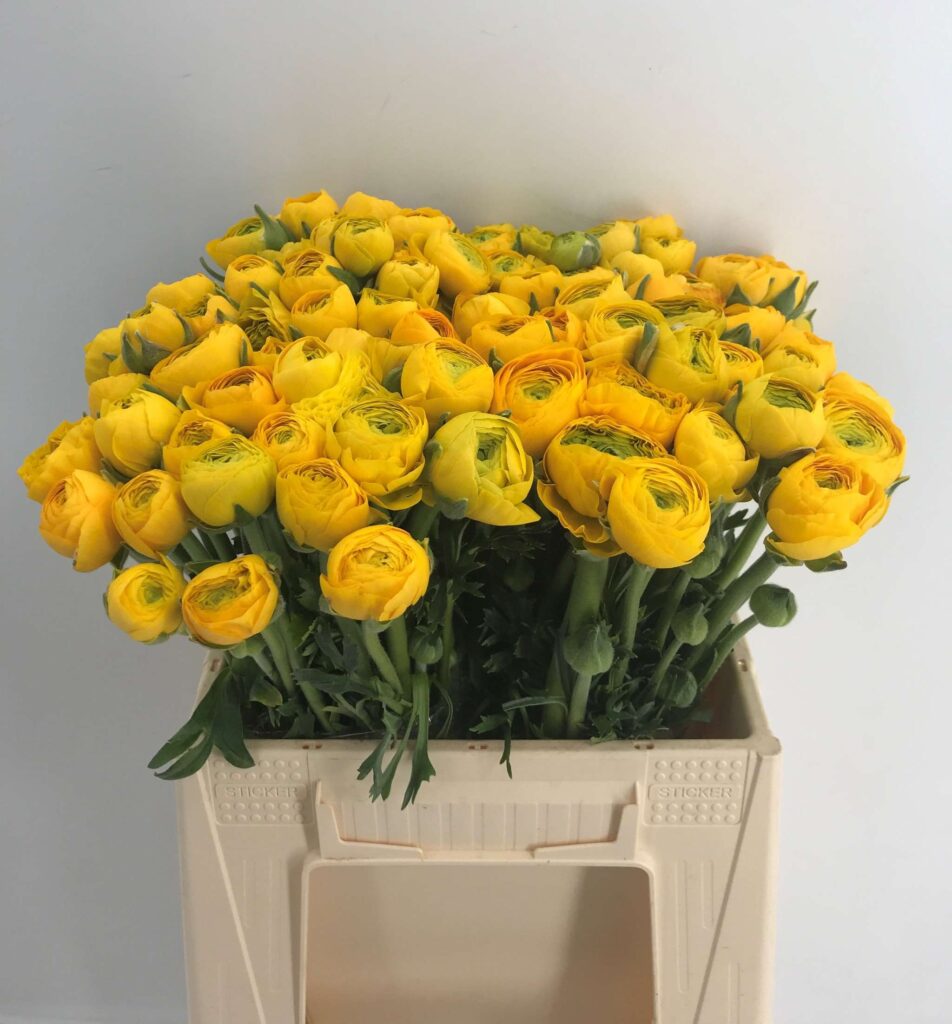
Ranunculus is a genus of flowering plants in the family Ranunculaceae, commonly known as buttercups. These plants are known for their brightly colored, cup-shaped flowers and are widely cultivated for their ornamental value in gardens and floral arrangements. There are over 600 species of Ranunculus, and they are found in various parts of the world, with a concentration in temperate regions.
Some key characteristics of the Ranunculus genus and its flowers include:
- Flowers: Ranunculus flowers are typically single or double, with layers of petals that give them a rose-like appearance. The flowers come in a wide range of colors, including shades of yellow, orange, red, pink, and white.
- Leaves: The leaves of Ranunculus plants are typically basal and deeply lobed or divided, with a fern-like appearance.
- Growth Habit: Ranunculus species vary in growth habit, with some being low-growing and suitable for ground cover, while others are taller and can be grown as cut flowers or in garden borders.
- Cultivation: Many Ranunculus species are cultivated as ornamental plants. They are often grown from corms (a type of bulbous root structure) and are favored for their bright and cheerful blooms.
- Toxicity: It’s important to note that some Ranunculus species contain toxic compounds that can cause skin irritation and gastrointestinal distress if ingested. Therefore, they should be handled with care and not consumed.
Ranunculus are popular in the floral industry and are often used in bouquets, arrangements, and wedding decorations due to their vibrant and long-lasting flowers. The most common species cultivated for ornamental purposes is Ranunculus asiaticus, which is often referred to as the Persian buttercup.
In addition to their ornamental value, Ranunculus species also play ecological roles in their native habitats, providing nectar for pollinators and serving as a food source for various herbivorous animals.
